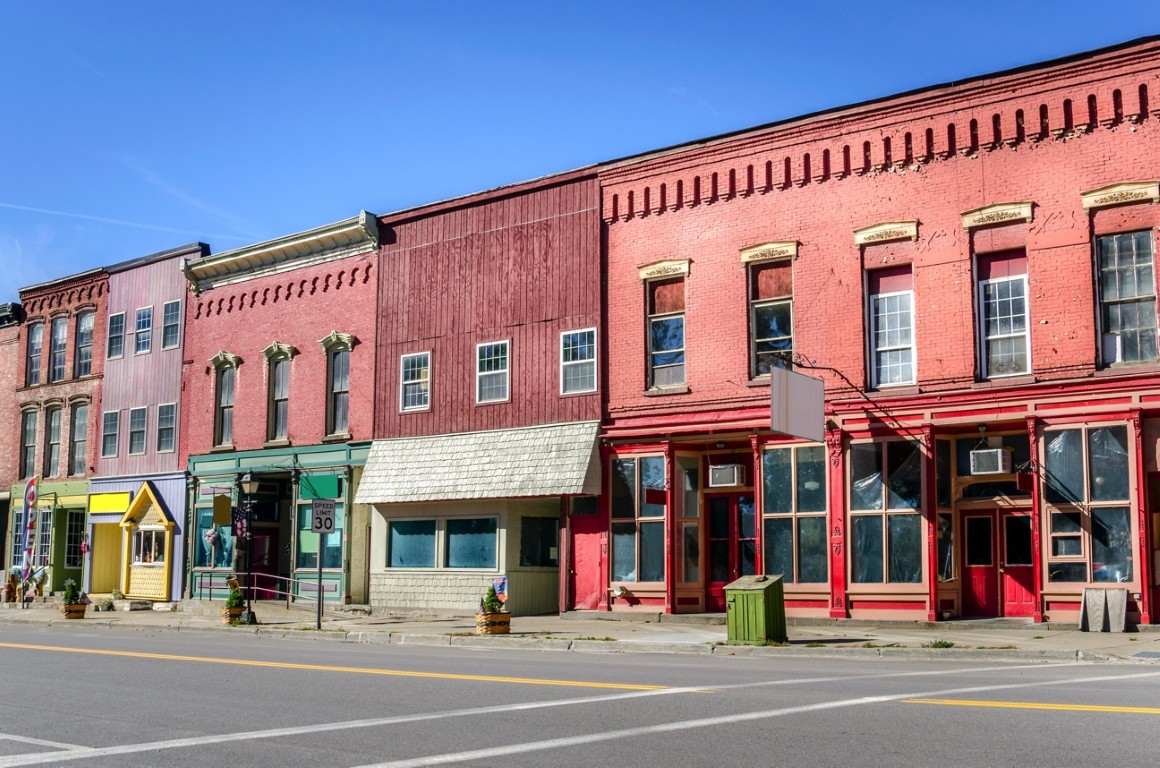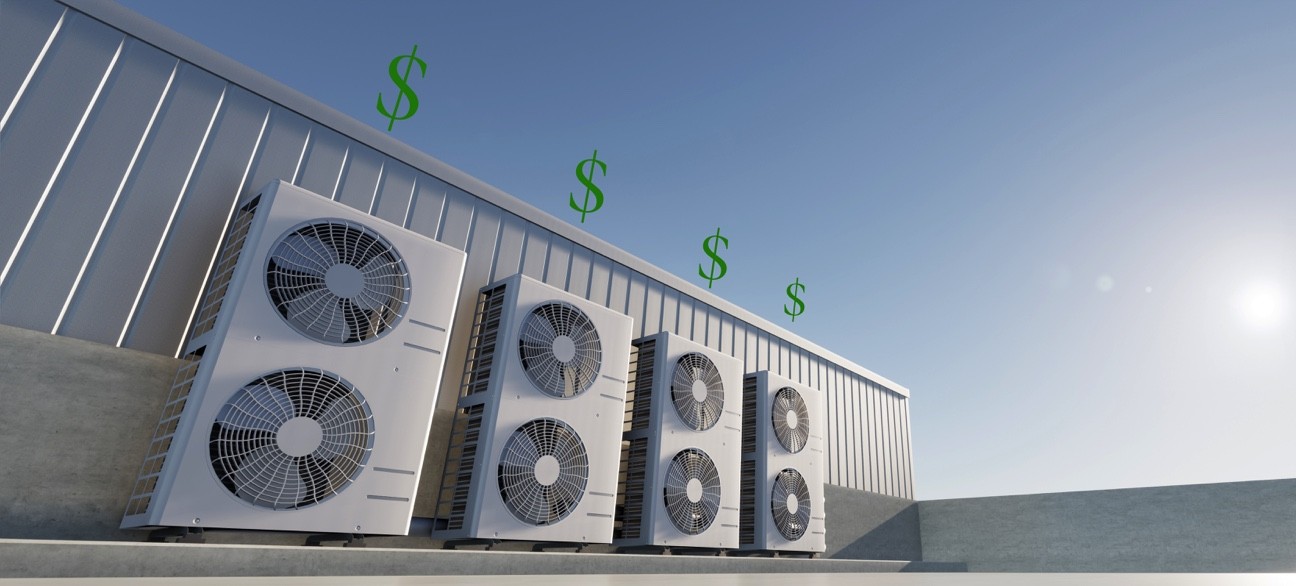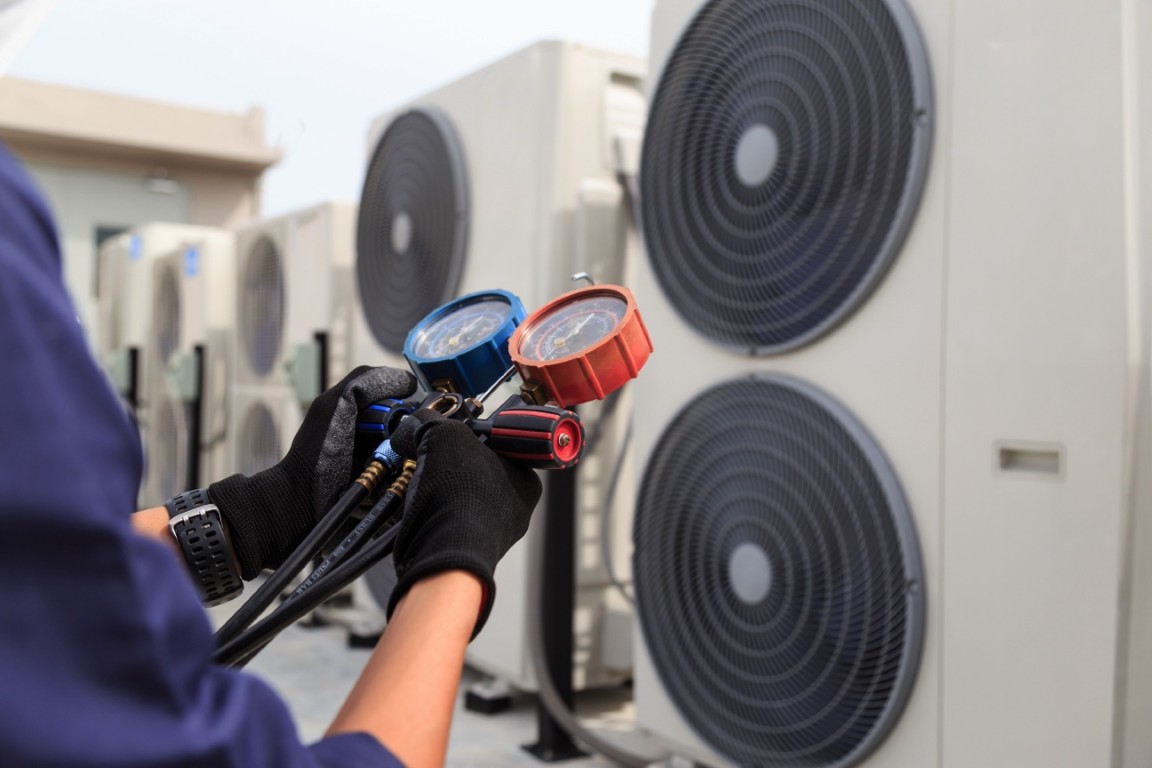May 14th 2025
 Last issue we took a look at commercial investments and saw how they stacked up compared to residential rentals. And, we saw there were a lot of advantages for the commercial landlord. Not just in removing him from the oppressive control of the Residential Tenancies Act. But also, huge advantages when it came to cash flow and return on investment. Chiefly because many, if not most commercial tenancies are what we call ‘carefree net leases for the landlord’ or TRIPLE NET LEASES. Simply put, this means that all the expenses typically associated with rentals and borne by the residential landlord are passed on to the tenant in commercial situations.
Last issue we took a look at commercial investments and saw how they stacked up compared to residential rentals. And, we saw there were a lot of advantages for the commercial landlord. Not just in removing him from the oppressive control of the Residential Tenancies Act. But also, huge advantages when it came to cash flow and return on investment. Chiefly because many, if not most commercial tenancies are what we call ‘carefree net leases for the landlord’ or TRIPLE NET LEASES. Simply put, this means that all the expenses typically associated with rentals and borne by the residential landlord are passed on to the tenant in commercial situations.
Having said that, there are some expenses that I’ll call grey areas. Unless specifically addressed in the commercial lease, may well fall back to the landlord. Generally speaking, these are items general to the overall plaza or building and typically quite costly in nature.
One such example is the roof. Should a leak occur and it’s typically a flat roof, if it’s over one specific unit, the landlord might have it repaired and pass that repair cost on to the tenant. The problem, however, is that often this is just a temporary patch when in fact the whole roof needs to be replaced. Roof replacements are not typically cheap. And because it is general in nature not ‘specific to the premises’ the replacement cost cannot be passed on to one particular tenant.
 So, what do landlords do? Generally, one of three things. Either they add the cost to what we call Additional Rent – TMI (Taxes, Maintenance and Insurance). That’s what should be done. But generally this expense is enough to severely distort the annual TMI and this simply isn’t practical. The landlord needs to keep his TMI (and base rent) competitive with the industry norm and this kind of hit simply would not work.
So, what do landlords do? Generally, one of three things. Either they add the cost to what we call Additional Rent – TMI (Taxes, Maintenance and Insurance). That’s what should be done. But generally this expense is enough to severely distort the annual TMI and this simply isn’t practical. The landlord needs to keep his TMI (and base rent) competitive with the industry norm and this kind of hit simply would not work.
Or the landlord, in anticipation of this kind of expense cropping up from time to time, would build into TMI a contingency fund. Say $2-$3/sq. ft. per year, much like a condominium reserve fund. This way, when a major capital expense like a roof replacement or a parking lot resurfacing comes along, he has (at least some, if not all) funds to draw from. But here again, this only works if he can do so and keep his TMI in line with industry norms.
Or, as a third choice, he can chalk it up to capital improvements and eat the cost.
But there is one other cost we need to talk about. It is a grey area. And that is HVAC replacement. Depending on the size and configuration of your building, your HVAC units can vary greatly in size, and in corresponding cost. I have a small commercial plaza building with 4 HVAC roof top units. Each handles space between 1,000 sq. ft. and 1,500 sq. ft. Small units. But even there, should they need replacing, the cost would run somewhere between $15,000-$20,000 each.
So, the magic question is, when they break down and need replacing, who pays? The tenant or the landlord? They are not major components of the plaza or the building, like a parking lot or a roof. And they are generally unique to the leased premises. So, they should be the responsibility of the tenant. And in  many commercial leases where the idea of Triple Net is outlined, and no specific mention of HVAC is in the lease, these costs would be passed back. But I can tell you, when a unit goes and needs to be replaced, you are going to have major pushback from a tenant when you hand him this kind of bill.
many commercial leases where the idea of Triple Net is outlined, and no specific mention of HVAC is in the lease, these costs would be passed back. But I can tell you, when a unit goes and needs to be replaced, you are going to have major pushback from a tenant when you hand him this kind of bill.
And, from a practical point of view, there is an unfairness aspect to it. Take my situation. Of the four HVAC units existing, one is about 8 years old, another is 21. The life expectancy I’m told is 15-20 years. Is it fair that a new tenant moving into either space should have the same degree of potential exposure? Not really.
So, if you are a commercial landlord, you need to address this up front. If you are going to expect the tenant to absorb the HVAC replacement cost when required, I’d suggest spelling it out in the lease up front so there are no surprises later.
Or perhaps a better and fairer way would be to structure a compromise. Design your lease so that the tenant is required to maintain a service contract on the HVAC and pay for repair and maintenance. But once the unit is toast, the landlord will pay for replacement. The clause in the lease might look something like this:
“The Tenant shall enter into and maintain a service agreement with a certified HVAC company during the currency of the lease period and any extensions thereto. The Tenant shall be responsible for all repairs and maintenance expenses including parts replacement as required. However, in the event the unit(s) become inoperable and it is impossible or impractical to repair the system, the HVAC unit shall be replaced, including both acquisition and installation costs at the expense of the Landlord.”